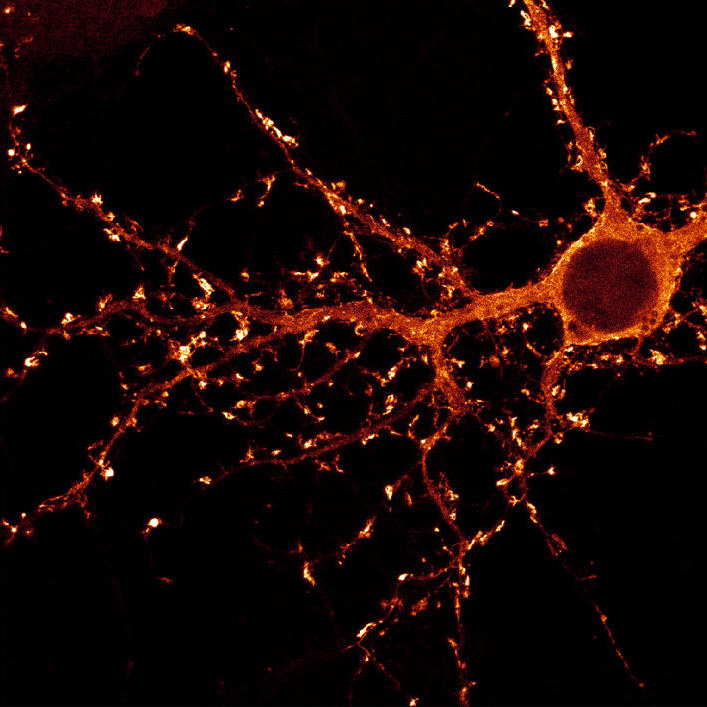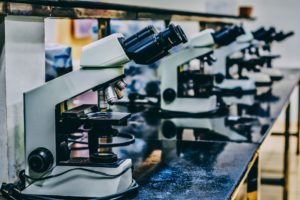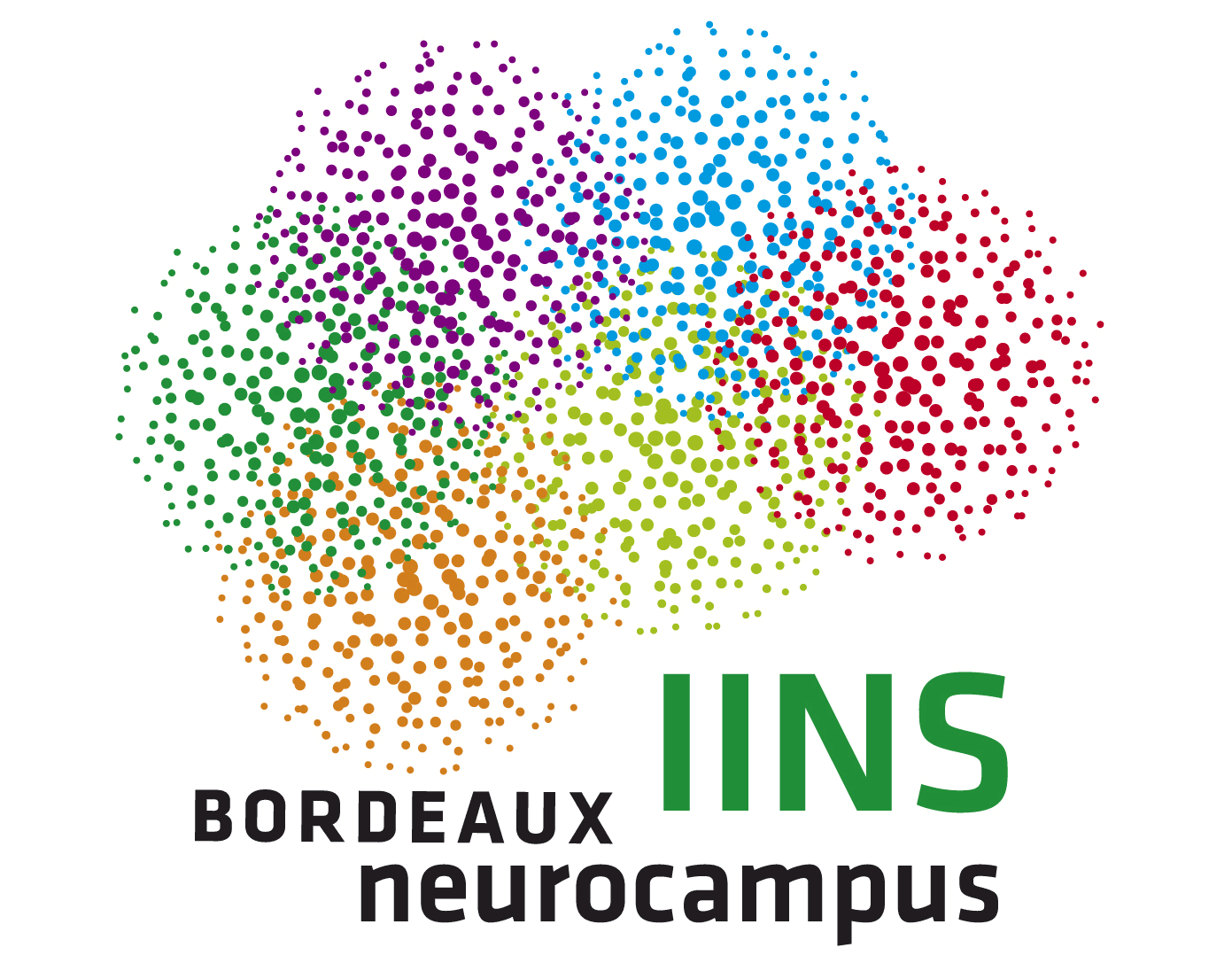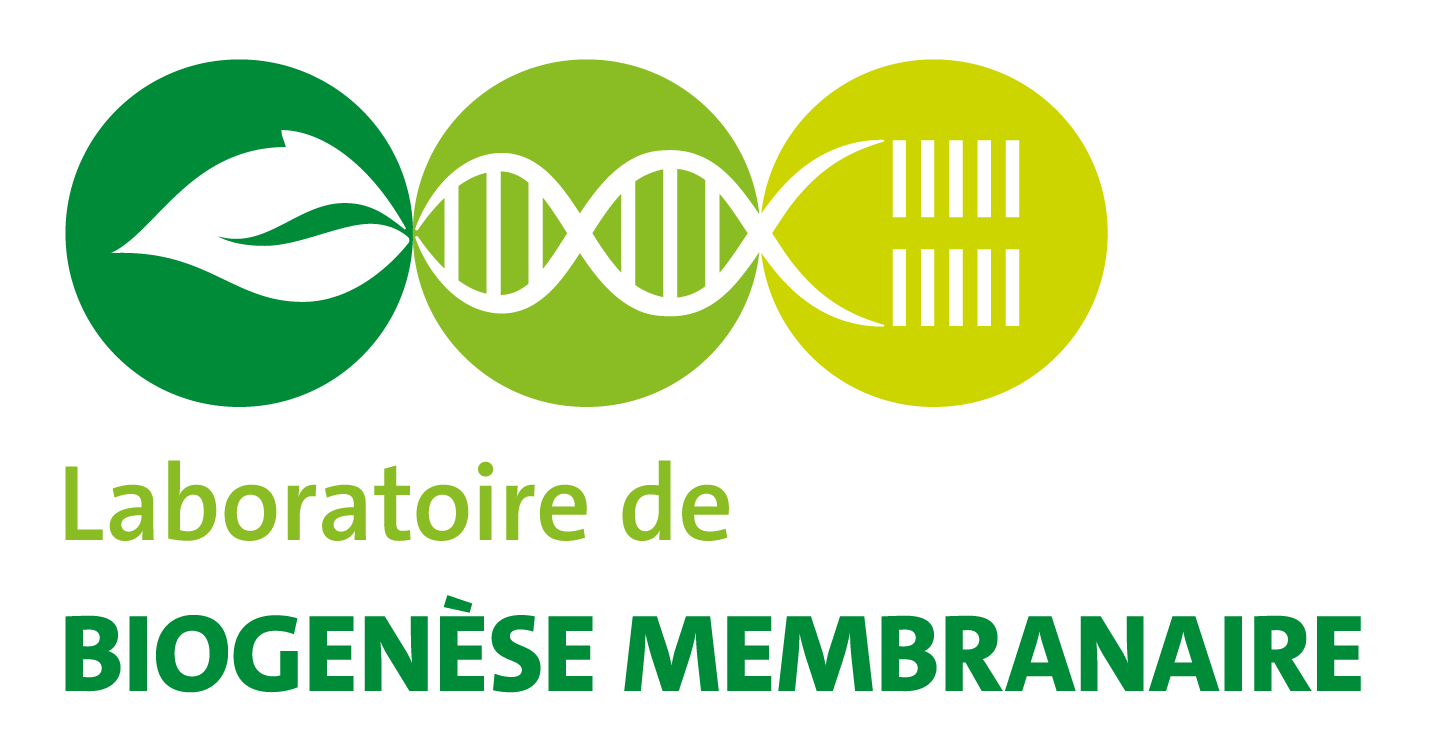The Bordeaux node is centered on the Bordeaux Imaging Center core facility that provides service training and R&D in photonic and electronic imaging, surrounded by 9 R&D teams. The strength of the Bordeaux node lie in the strong integration of physics at the LP2N (IOGS), imaging, chemistry and neurobiology at IINS and plant science at LBM. Bordeaux is a flagship center for super resolution imaging, both using photonics and electronic microscopies, applied to Neuroscience and Plant biology.
2021 in numbers
- 180 projects hosted
- 49 publications
- 11 training programs
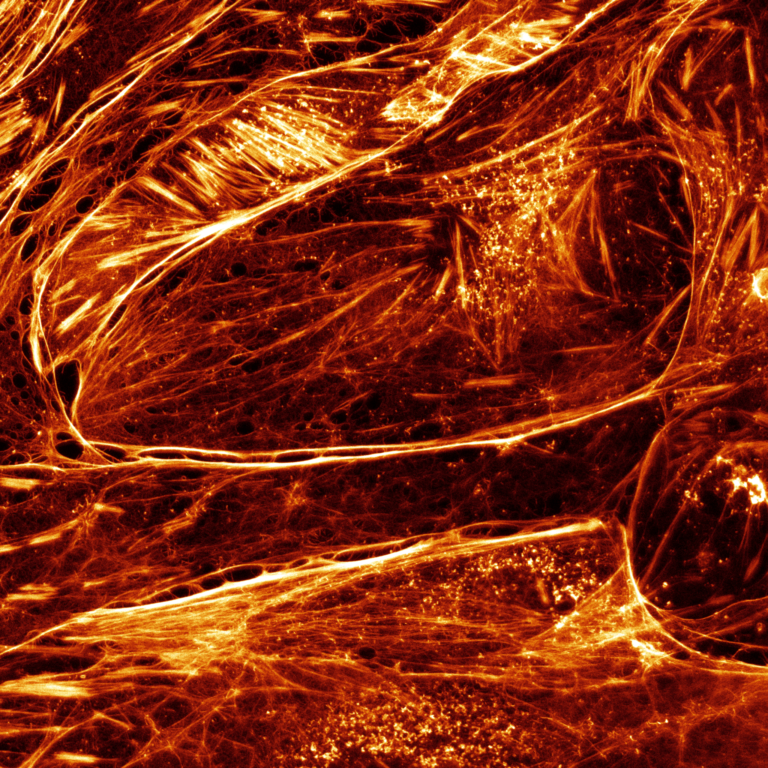
Technological Innovations
- Lattice-STED Microscopy (Optics Express, 2014)
- Single Obj. SPiM (Nat. Methods, 2015)
- SR-tesseler (Nat. Methods, 2015)
- SPT in brain slices (Nat. Comm, 2016)
- Multi-Protein printing (Advanced Mat., 2016)
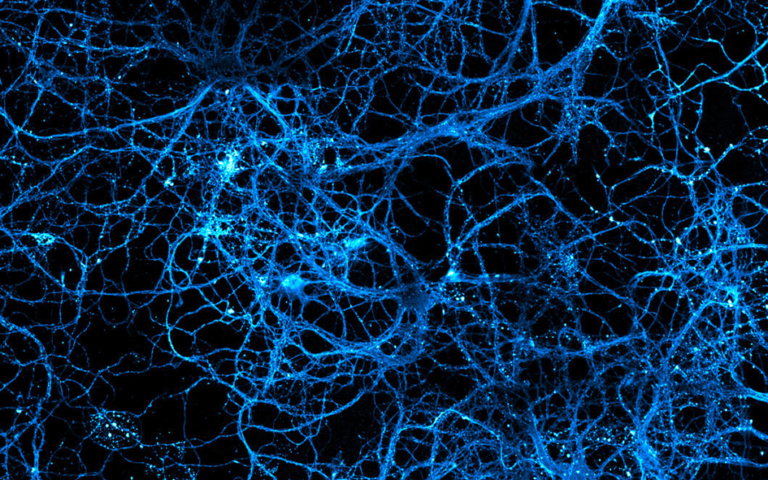
Most innovative systems available for booking
- STED microscopy
- Ultramicroscopy
- FLIM spinning-disk microscopy
- In-vivo multiphoton microscopy
- MEB-triview

Tech transfer
- Software for super-resolution microscopy licensed to Molecular Device
- Single Objective Spim light sheet technology patented (commercialisation ongoing)
Bordeaux Imaging Center
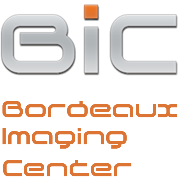
Facility: Bordeaux Imaging Center
Head: Daniel CHOQUET
The BIC (Bordeaux Imaging Center) offers resources in photonic and electronic imaging, mainly in life, health and plant sciences. It is a core facility identified at the national level as IBISA that gathers 12 highly skilled engineers. It has the ISO9001 label. The different components of the BIC are: PHOTONIC imaging, ELECTRONIC imaging, PLANT imaging. The Bordeaux Imaging Center offers access to the most advanced bio-imaging techniques for fixed and live cell imaging such as video-microscopy, confocal microscopy, multiphoton microscopy, transmission electron microscopy and scanning electron microscopy. The BIC provides a unique set of high-end equipment for super- resolution microscopy such as STED confocal microscopy, FRAP video-microscopy, lifetime imaging FLIM for the measurement of molecular interactions. We also provide access to equipment for sample preparation such as ultra-microtoms, high pressure freeze (HPF) and we can host live samples.
Microscopy systems available @BIC
Services on this Facility
Synapse Organization team – IINS
Cytoskeleton team – IINS
Neuronal Development team – IINS
Morpho Plasticity team – IINS
Membrane Traffic team – IINS
Quantitative Imaging team – IINS
Organ-izing the cells team – IINS
NanoBio Microscopy team – LP2N
Nanophotonique team – LP2N
BioImaging OptoFluidics team – LP2N
Plant Plasmodesmes team – LBM
Lipids in Plant Autophagy – LBM
Key publications in 2021
|
|
|
|
|
